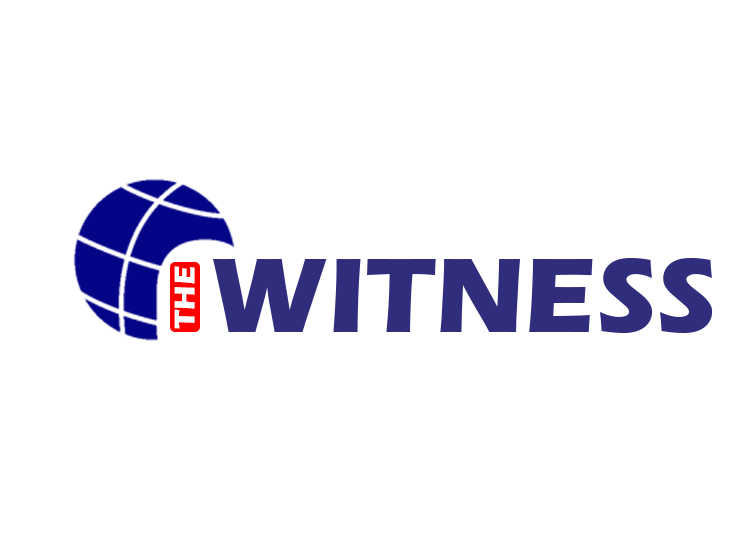Treasurer Jim Chalmers said the figures showed a “substantial pick-up” in growth, noting that GDP was running equal to or faster than every major developed nation.
He said the most positive aspect was the shift away from government spending towards the private sector.

The Australian economy grew faster than expected in the June quarter.Credit: Dion Georgopoulos
“This is the private sector recovery that we were planning for, preparing for and hoping for,” he said.
But shadow treasurer Ted O’Brien said numbers showed the economy was “certainly not out of the woods yet” and that Australians continued to feel cost of living pain.
“The Australian economy last financial year grew at its weakest rate since the 1990s outside of the pandemic,” he said.
Financial markets and economists are still expecting one more interest rate cut this year from the Reserve Bank.
AMP deputy chief economist Diana Mousina said while there was room for the RBA to cut rates given the economy was still growing below the rate at which it might lead to higher inflation, the bank was likely to keep interest rates on hold at its September meeting.
“Today’s data should signal to the RBA that an immediate interest rate cut is not necessary,” she said.
Outside recreational pursuits, spending lifted on furnishings and household equipment (1.7 per cent), new cars (2.4 per cent), and hotels and cafés (0.7 per cent) all ramped up.
Expenditure on essentials in categories such as health (1.9 per cent) and electricity and gas (2.9 per cent) also increased as households accessed more medical services during a strong flu season, while promotional activity from major supermarket chains boosted spending on food.
The household savings ratio – the share of disposable income households save – dropped to 4.2 per cent in the June quarter but was revised up for the March quarter to 5.2 per cent.
GDP per person – a key measure of living standards – grew by 0.2 per cent and is at its highest level since March 2024. Productivity levels also increased, but still remain well down on their pre-COVID levels.
Government spending was stronger, climbing 1 per cent in the three months to June on the back of a rise in social benefits to households, more spending on Medicare and the Pharmaceutical Benefits Scheme, and the costs of running the election. Defence spending also rose because of military exercises.
Loading
While federal spending was higher, state and local government spending slipped as electricity rebate schemes wound down.
In another sign that the private sector is starting to accelerate, the gross value added per hour worked in the market sector grew by 0.5 per cent.
Net trade also contributed to economic growth as iron ore and LNG exports rebounded.
However, business investment continues to be muted. Total private investment rose by 0.1 per cent on the back of a lift in spending on intellectual property, dwellings and machinery. There was a 1.2 per cent drop in non-dwelling construction.

